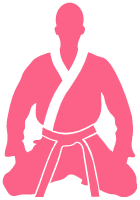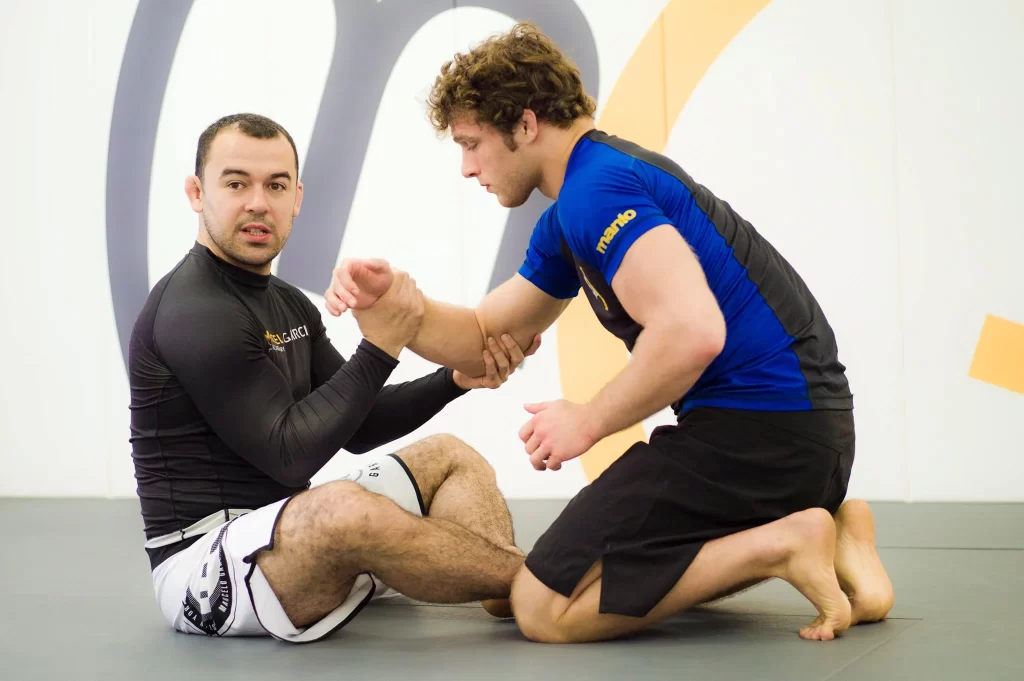The arm drag to back take is a fundamental technique in Brazilian Jiu Jitsu. It’s a highly effective way to take your opponent’s back and gain a dominant position in a match. In this article, we will break down the technique into six key steps to help you add it to your arsenal.
Setting Up the Arm Drag:
To begin the arm drag to back take, you need to set up the drag itself. This involves using your hand to grab your opponent’s opposite side arm and pull it across their body towards you. This will create an opening for you to get your own arm around your opponent’s back.
Securing the Arm Drag:
Once you’ve pulled your opponent’s arm across their body, you need to secure the grip by wrapping your arm around their back. This will allow you to control their movement and prevent them from defending the technique.
Changing Your Angle:
With the arm drag secured, you need to change your angle to get behind your opponent. This is done by stepping your outside leg back and pivoting on your other foot. This will allow you to get behind your opponent and begin the back take.
Getting the Second Hook In:
Once you’ve changed your angle and gotten behind your opponent, you need to get the second hook in. This is done by using your other leg to hook behind your opponent’s knee and pull it towards you. This will give you the leverage you need to get your second hook in and fully secure the back take.
Finishing the Back Take:
With both hooks in and your opponent’s back fully exposed, you can now work on finishing the back take. This involves flattening your opponent out and establishing a dominant position from which you can attack with submissions.
Common Mistakes to Avoid:
While the arm drag to back take is a powerful technique, there are a few common mistakes that can hinder its effectiveness. These include failing to secure the arm drag grip, not changing your angle enough to get behind your opponent, and losing control of your opponent’s legs during the back take. By being aware of these common mistakes, you can ensure that you execute the technique effectively.
Hey there! Just a heads up that some of the links in this post are affiliate links, which means that if you click on them and make a purchase, I may earn a commission. But don’t worry, it won’t cost you anything extra – in fact, you might even get a sweet deal! Plus, every purchase made through one of these links helps support my blog and keep the content coming. So, if you do decide to make a purchase, thank you so much for your support – it means the world to me!
All the best,
Will







